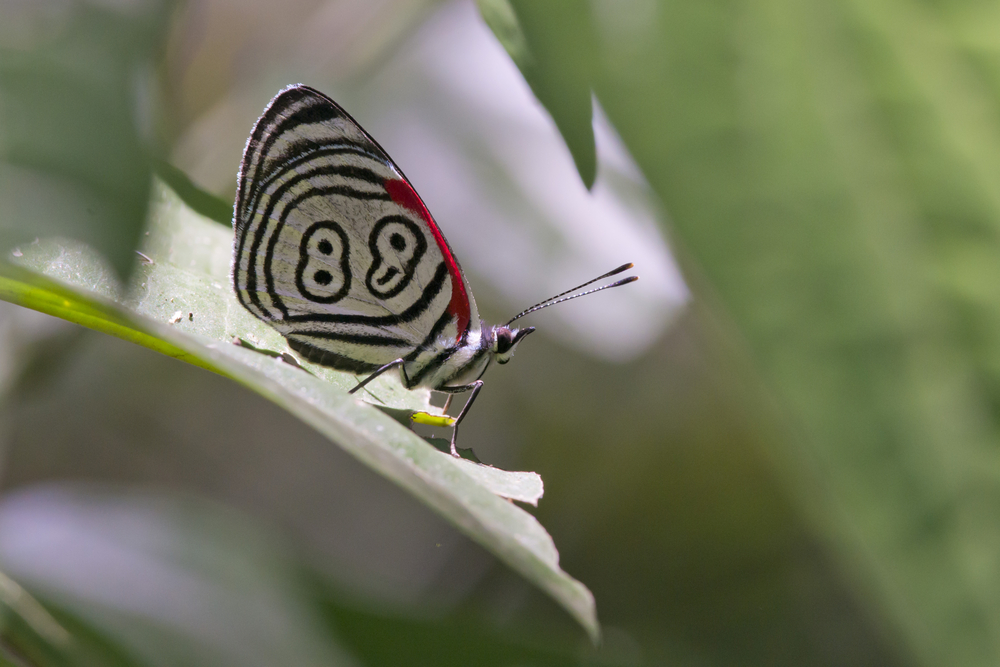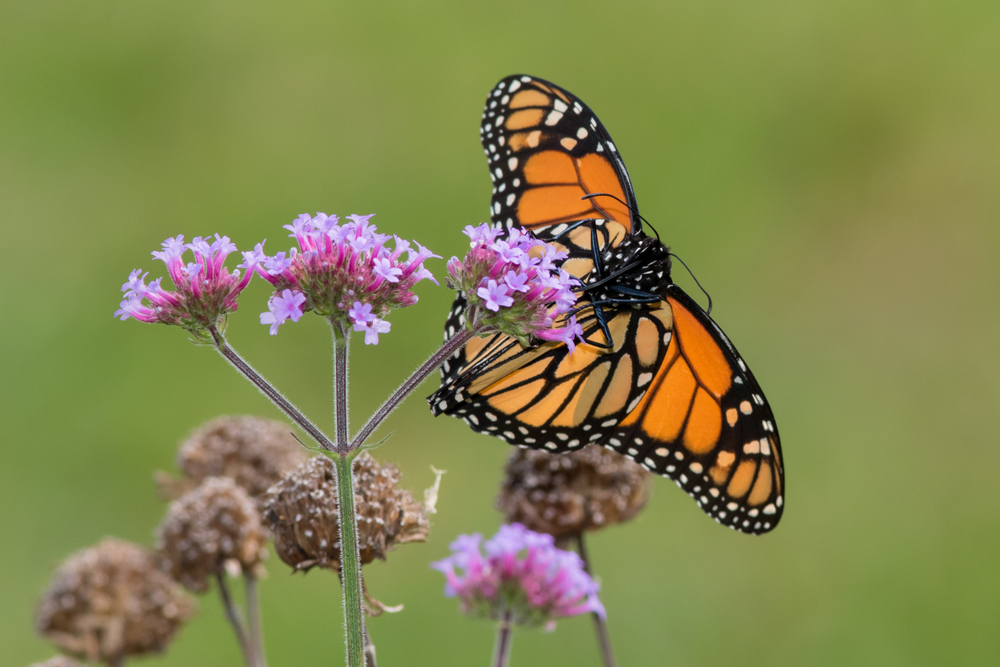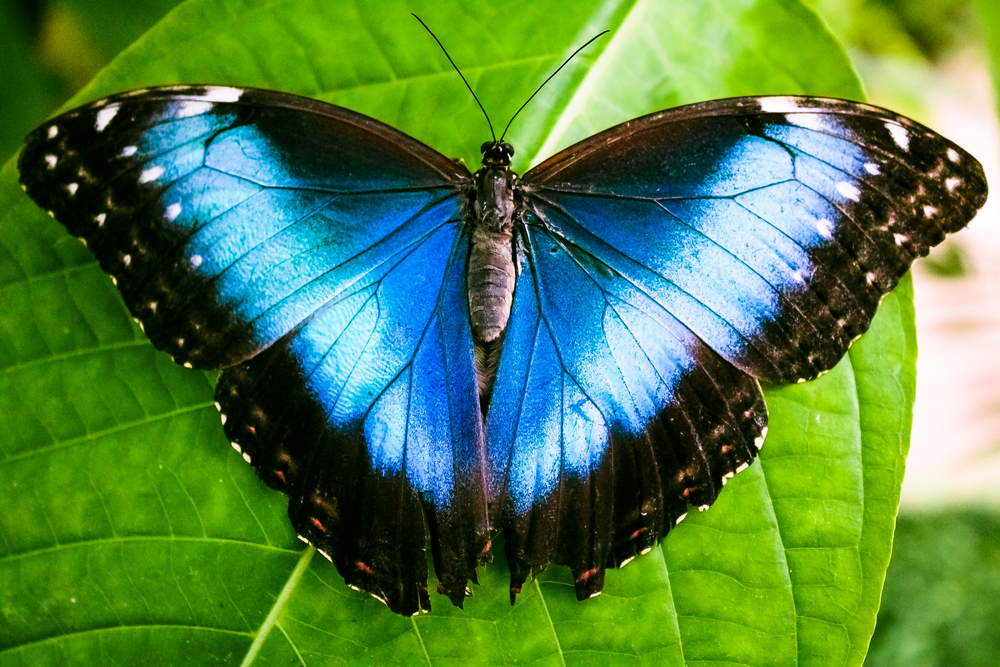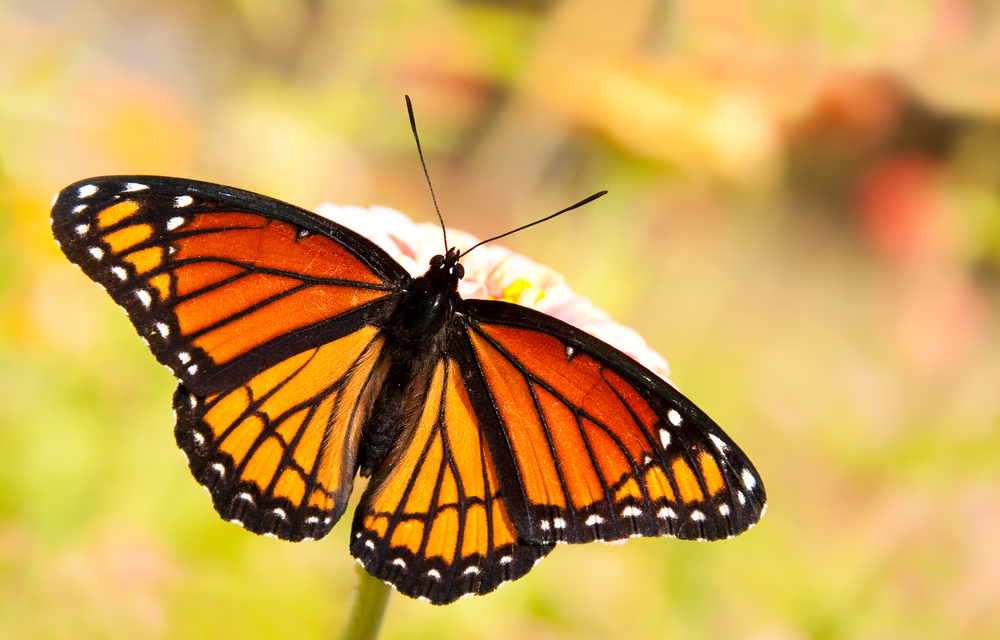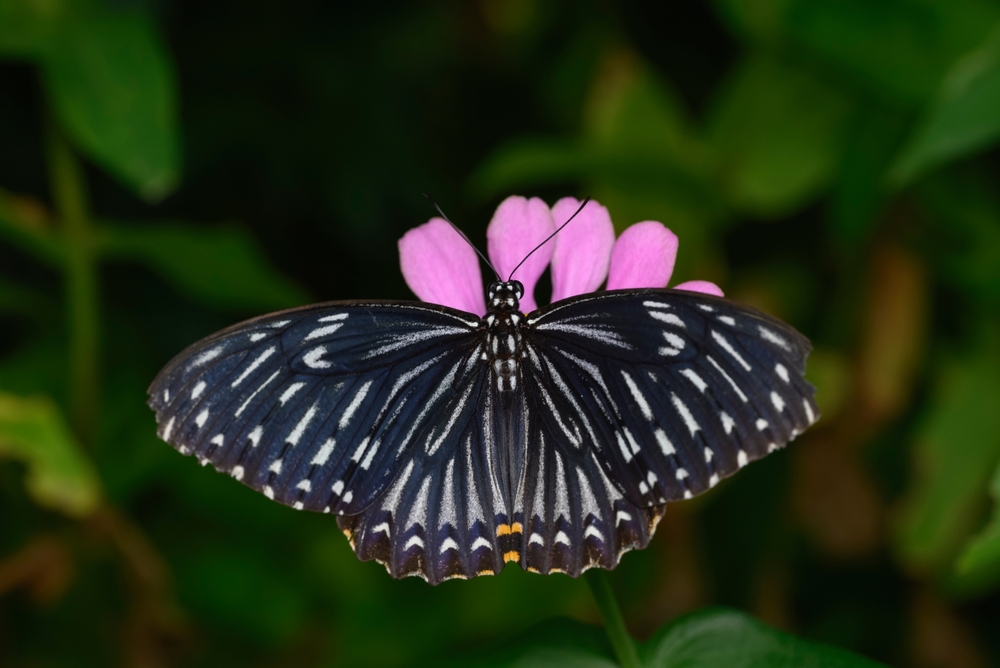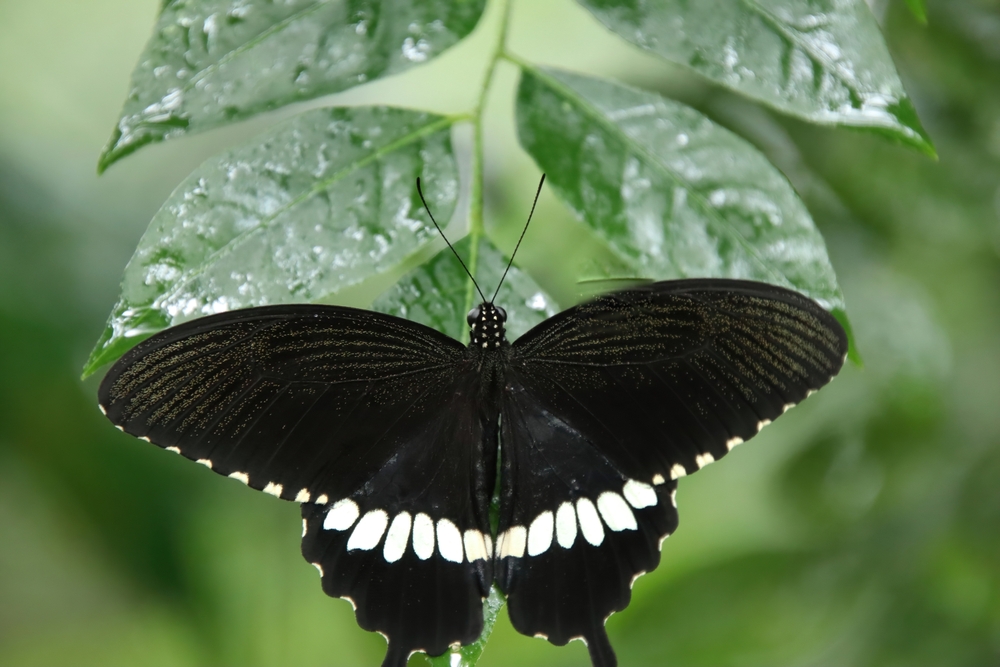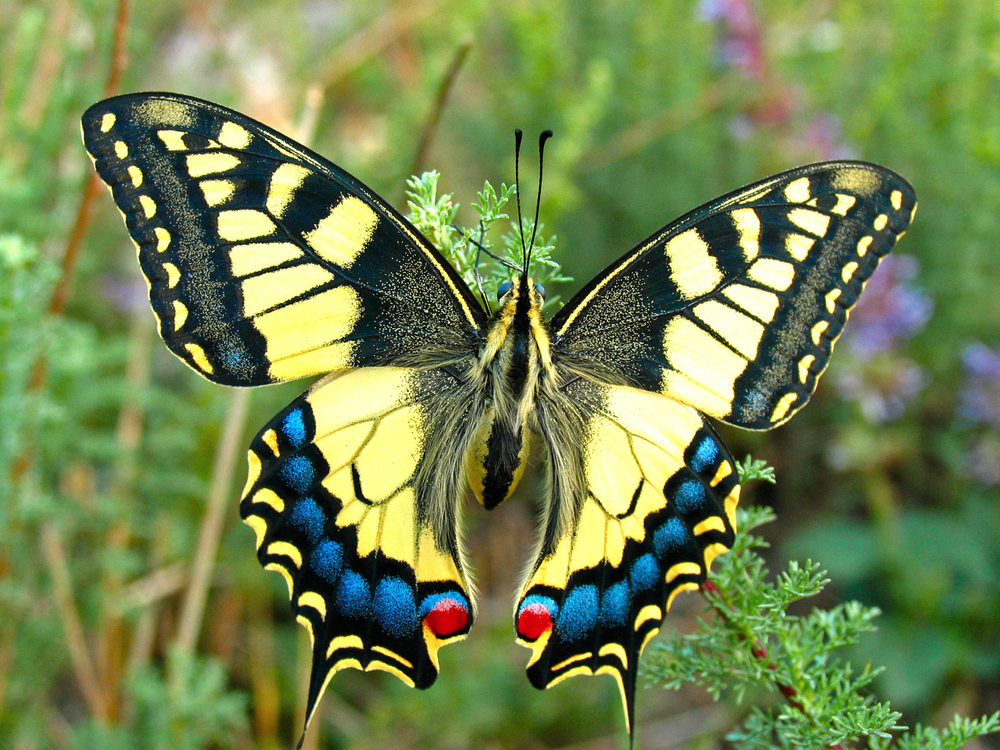Uniqueness
The Eighty-eight Butterfly is instantly recognizable and beloved for its iconic “88” pattern, which appears naturally on its hindwings. Its bold markings, paired with unusual feeding behavior and forest-edge habits, make it one of the most distinctive butterflies in the Neotropics.
Signature “88” Wing Pattern:
The underside of the hindwings features two black concentric rings on a white or pale gray background, often resembling the number “88”, and sometimes “89” or “98” depending on the species and individual. This natural numeric pattern is rare in the animal kingdom and gives the butterfly its name.
Genus-Level Distinction:
The Eighty-eight is not a single species but a genus (Diaethria) of closely related species, including:
Non-Nectar Diet:
Unlike most butterflies, adults rarely visit flowers. Instead, they feed on rotting fruit, sap, dung, and minerals, playing a unique role in nutrient recycling in forest ecosystems. This behavior also helps them obtain vital salts for reproduction.
Defense Through Distraction:
The bold “88” pattern may confuse or distract predators, drawing attention away from the butterfly’s more vulnerable body parts. When resting with wings closed, the pattern is often the only visible feature—acting as visual misdirection.
Trail-Following Behavior:
Eighty-eights are commonly observed along forest paths, riverbanks, and jungle clearings, making them more visible than deep-forest species. They are known to follow humans or animals, landing on shoes, sweat, or backpacks to seek moisture and minerals.
Cultural Appeal:
Their striking markings and approachable behavior have made the Eighty-eight Butterfly a symbol of biodiversity and natural beauty in many Latin American countries. It is frequently featured in photography, ecotourism, and butterfly exhibits.
The Eighty-eight Butterfly’s numerical wing art, mineral-feeding habits, and charismatic presence make it one of the most unique and accessible butterflies in the American tropics—both biologically and culturally.



































































